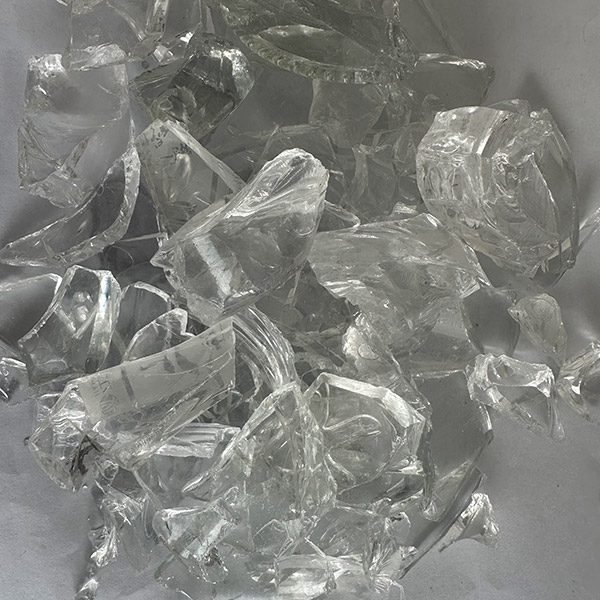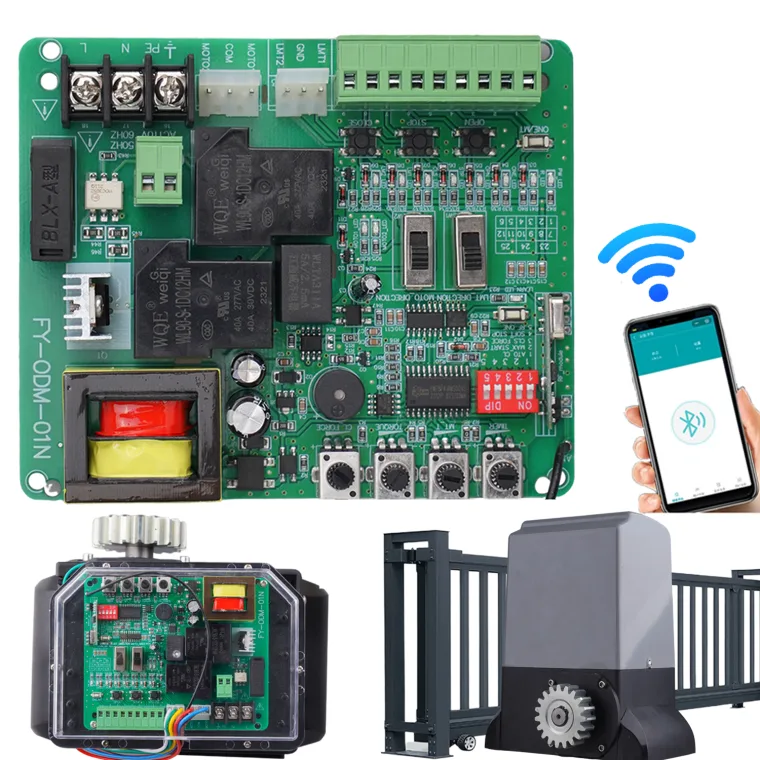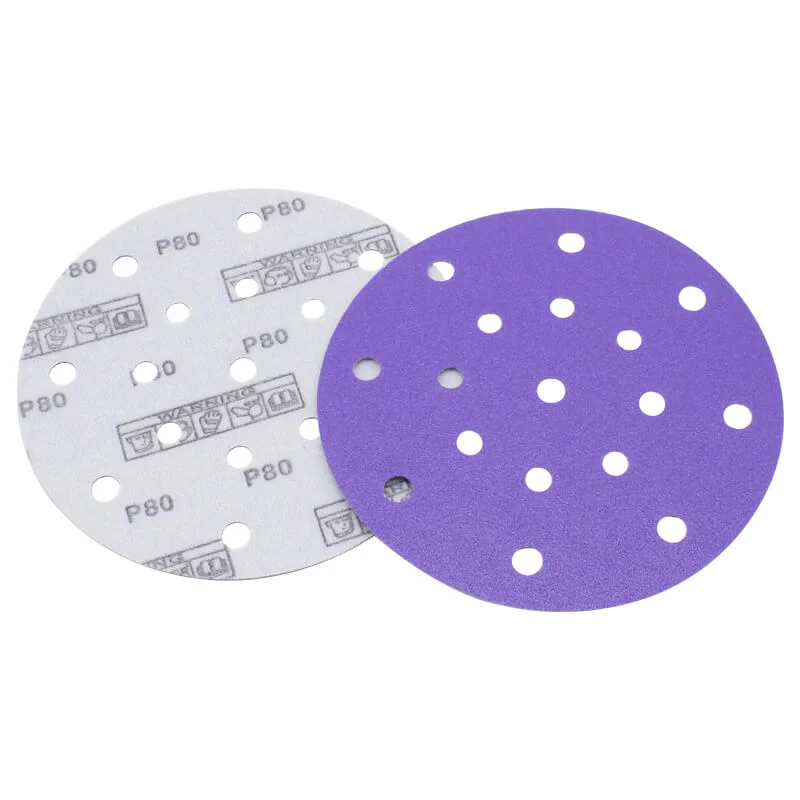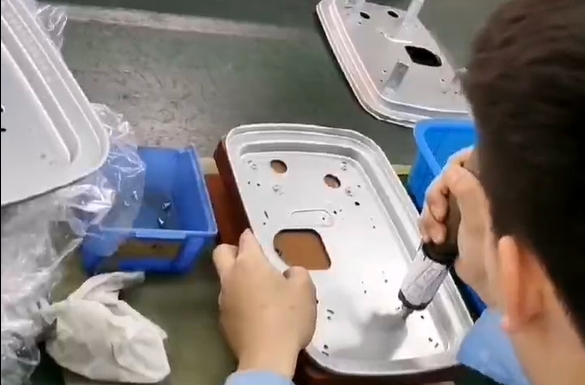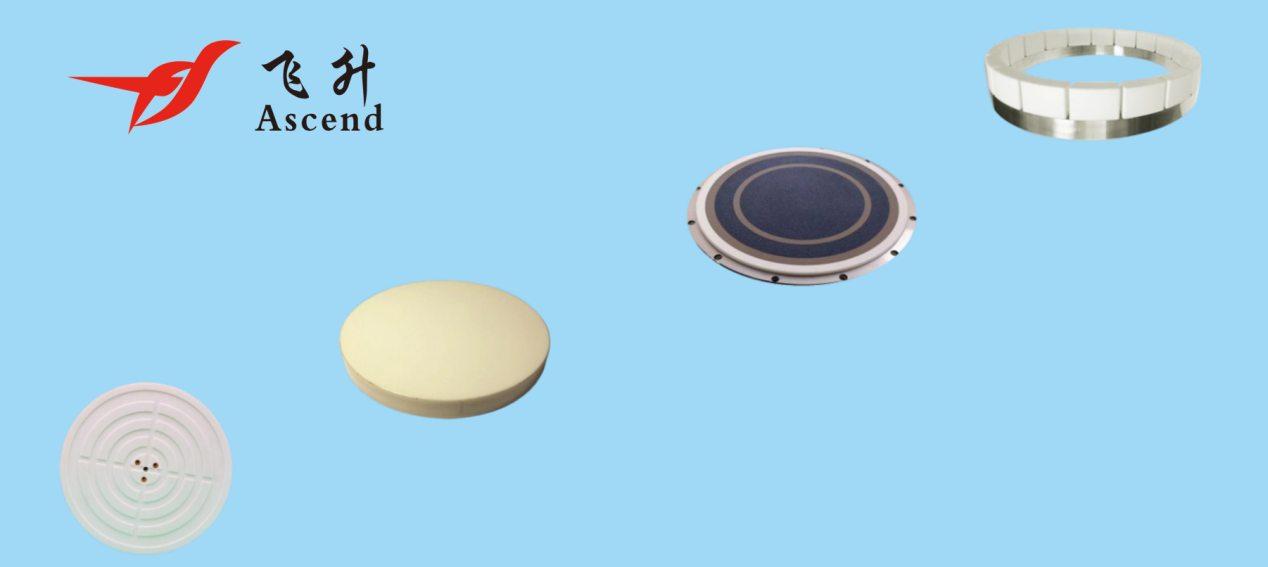In the ever-evolving landscape of construction materials, the quest for alternatives to traditional drywall has gained significant momentum. As builders and architects strive for sustainability, efficiency, and enhanced performance, several new materials have emerged that not only replace drywall but also offer superior benefits. This article delves into these innovative materials, examining their properties, applications, and potential to revolutionize interior construction.
The Limitations of Traditional Drywall
Before exploring alternatives, it’s essential to understand why traditional drywall, or gypsum board, is being reconsidered. While drywall has been a staple in construction for decades due to its affordability and ease of installation, it presents several limitations:
- Moisture Sensitivity: Drywall is susceptible to water damage, leading to mold growth and structural issues.
- Fire Resistance: Although gypsum has some fire-resistant properties, it is not entirely fireproof and can degrade under extreme heat.
- Environmental Impact: The production of drywall involves significant energy consumption and contributes to waste in landfills.
These limitations have prompted the search for materials that can address these issues while providing additional benefits.
Innovative Alternatives to Drywall
- Fiber Cement Board
Fiber cement board is a composite material made from cement, sand, and cellulose fibers. It has gained popularity as a drywall alternative due to its durability and resistance to moisture, fire, and pests.
- Advantages:
- Moisture Resistance: Unlike drywall, fiber cement board does not absorb water, making it ideal for high-humidity areas such as bathrooms and kitchens.
- Fire Resistance: It can withstand high temperatures and does not emit toxic fumes when exposed to fire.
- Longevity: Fiber cement boards have a longer lifespan and require less maintenance than traditional drywall.
- Applications: Commonly used in exterior siding, it is increasingly being adopted for interior walls, especially in commercial spaces.
- Magnesium Oxide Board (MgO Board)
Magnesium oxide board is another innovative alternative that is gaining traction in the construction industry. Made from magnesium oxide, it is known for its exceptional fire resistance and environmental benefits.
- Advantages:
- Fire and Mold Resistance: MgO boards are non-combustible and resistant to mold and mildew, making them suitable for various climates.
- Sustainability: They are made from natural minerals and can be recycled, reducing environmental impact.
- Thermal Insulation: MgO boards provide better thermal insulation compared to drywall, contributing to energy efficiency.
- Applications: Ideal for both interior and exterior applications, MgO boards are particularly useful in areas prone to moisture and fire hazards.
- Hempcrete
Hempcrete is a biocomposite material made from hemp hurds and lime. While it is not a structural material, it serves as an excellent infill for walls, providing insulation and breathability.
- Advantages:
- Sustainability: Hemp is a rapidly renewable resource, and hempcrete has a low carbon footprint.
- Insulation Properties: It offers excellent thermal and acoustic insulation, enhancing energy efficiency in buildings.
- Breathability: Hempcrete allows moisture to evaporate, reducing the risk of mold and improving indoor air quality.
- Applications: Primarily used in eco-friendly construction, hempcrete is gaining popularity in residential buildings aiming for sustainability.
- Wood Panels
Engineered wood products, such as plywood and oriented strand board (OSB), are increasingly being used as alternatives to drywall. These materials offer aesthetic appeal and structural integrity.
- Advantages:
- Aesthetic Versatility: Wood panels can provide a warm, natural look that drywall cannot match.
- Structural Strength: They can contribute to the overall strength of a building, especially in load-bearing applications.
- Sustainability: When sourced from responsibly managed forests, wood panels can be a sustainable choice.
- Applications: Commonly used in residential interiors, wood panels are also gaining traction in commercial spaces for their design flexibility.
Conclusion: The Future of Interior Construction
As the construction industry continues to innovate, the shift away from traditional drywall is becoming more pronounced. Materials like fiber cement board, magnesium oxide board, hempcrete, and engineered wood panels not only address the limitations of drywall but also align with modern demands for sustainability, durability, and aesthetic appeal.

